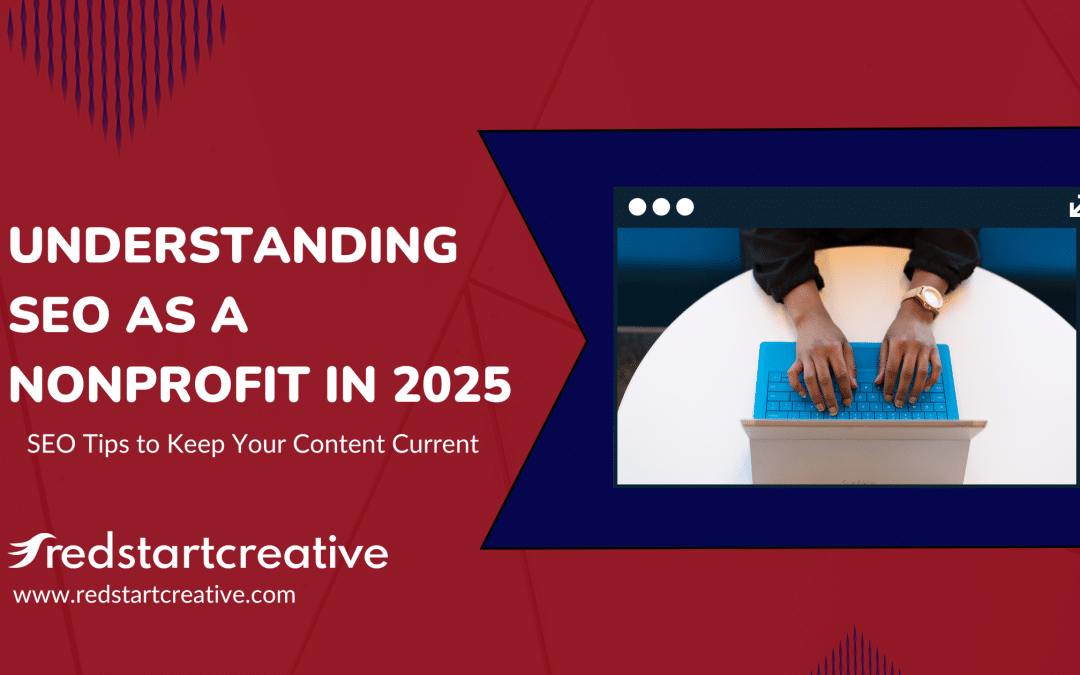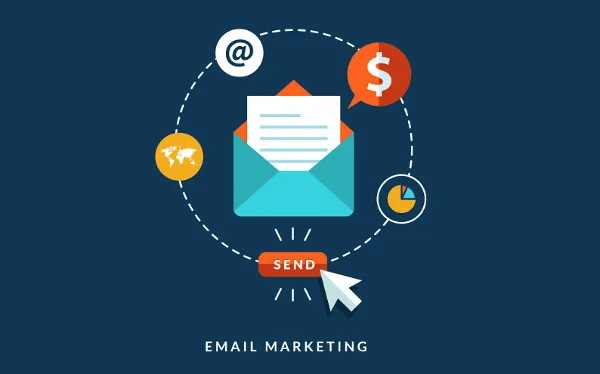There’s one thing that most web designers and content creators are in agreement about: if you have a website, you should have a resource library. Not familiar with a resource library? Put simply, it’s a location on your website where you can share tools and resources that your readers will likely enjoy or benefit from. The key is to make sure that whatever you share in your website resource library highlights your knowledge, your expertise, and is relevant to your specific audience.
For example: we’re a creative agency that specializes in working with nonprofits and small businesses who are enacting positive change in the world. That means that not only should the content we create (like this very blog!) be targeted toward our desired audience (nonprofits and small businesses), but we also want to give them a reason to come back. Our website resource library includes ultimate guides to help organizations focus on specific areas relevant to their work; an online course on how to get started in marketing and branding; and, of course, our blogs — which include topics to help businesses and nonprofits advance their mission- and cause-based work.
However, what makes sense for us might not make sense for you. The trick is to figure out what would be most valuable to your users and readers. We’ll walk you through the different types of resources to consider and ways to use your resource library as a conversion tool so you can make the most of your website.
Types of Resources
When it comes to resources to include there are many to choose from. Use case studies and white papers to demonstrate real-life applications of how your organization has served its key audience members. Do you sell products or services? Perhaps a spec sheet might be a desirable resource for your user. Or maybe you have a checklist that outlines tasks to complete for a common occurrence – such as planning an annual giving campaign.
There are also forms, articles, videos, workbooks, how-to guides, and more. Again, the trick here is to make sure that any content in the resource library is of value to your target audience member.
Sharing Resources
Resource libraries have the benefit of being “sticky.” By that, we mean it entices visitors to hang around longer than usual and return in the future. For a newcomer to your website, it’s the perfect opportunity to capture their information — and convert them into a lead. Maybe the annual giving checklist is shared from one person to another by email. Or perhaps it gets shared on social media. In both scenarios, the user is inviting someone else to visit your website.
Another idea is to post only a snippet of content on your website — a teaser if you will. Instead of making an entire white paper accessible online, you might share the first few paragraphs and then require an email address for the rest. Now you have a prospect and one that can be added to your mailing list no less! (Just make sure you have the opt-in settings clearly identified.)
You can also choose to have your resource library hidden behind a login in a special members’ only area. For organizations that rely on memberships, dues, or subscriptions, a members’ only resource library can be a significant value add to help prospective members justify costs.
No matter how you choose to share your library, make sure you are thoughtful and intentional about the content that’s within your website resource library. Need help in identifying what belongs in your website’s resource library? That’s what we’re here for! Contact us at https://www.redstartcreative.com/contact to learn more about how we can help you create and organize your content.



